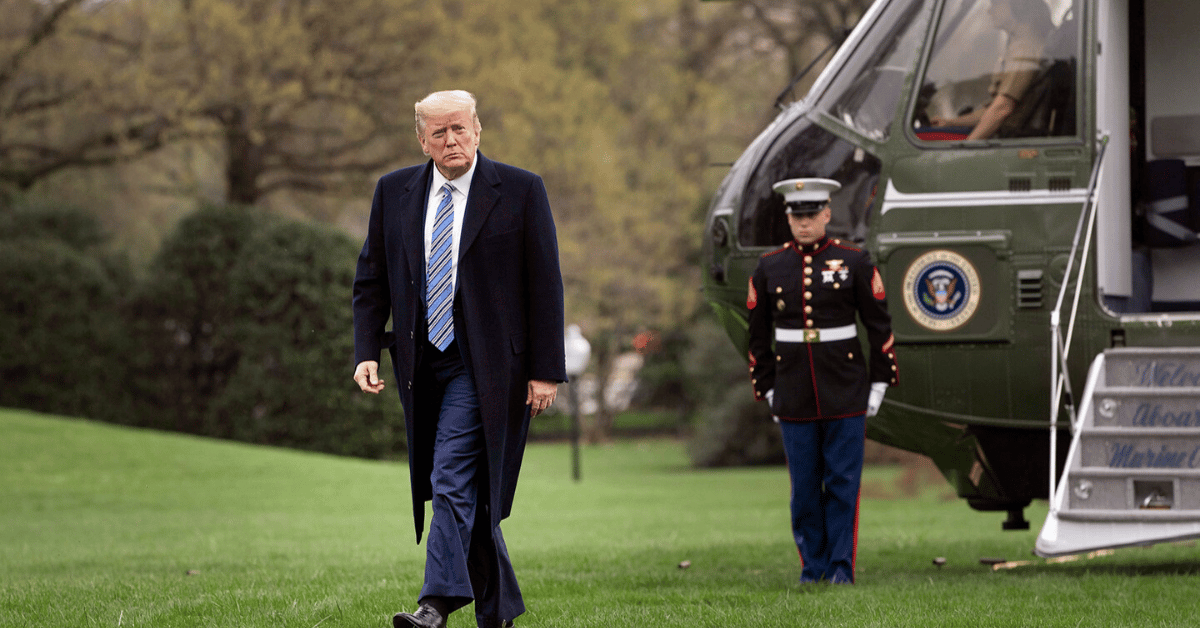
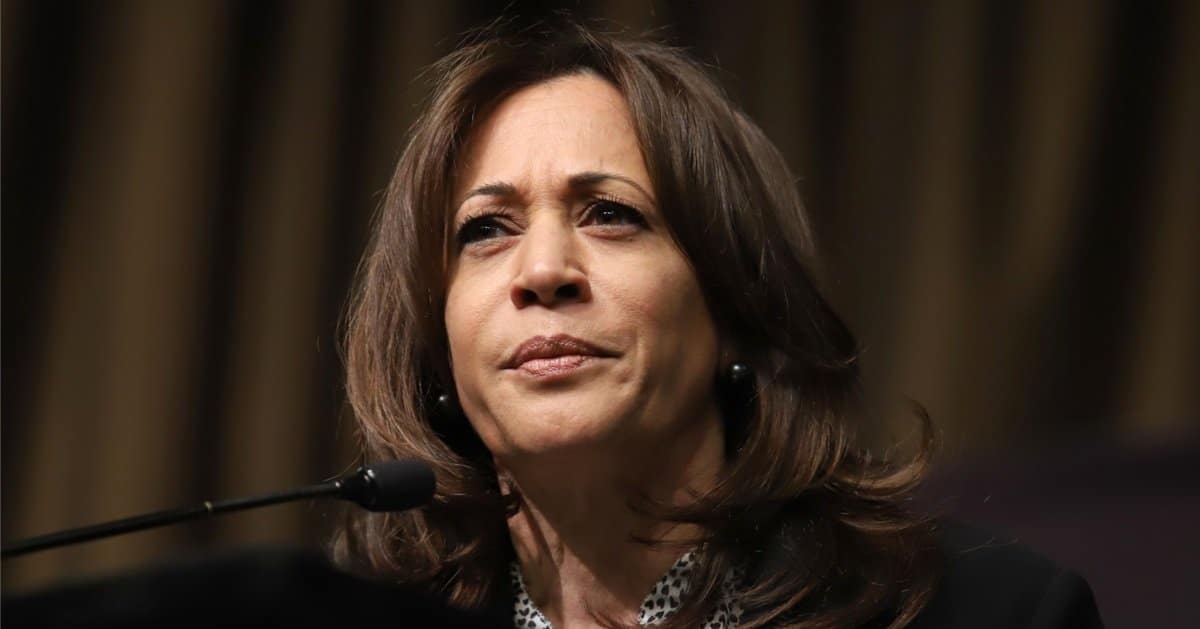
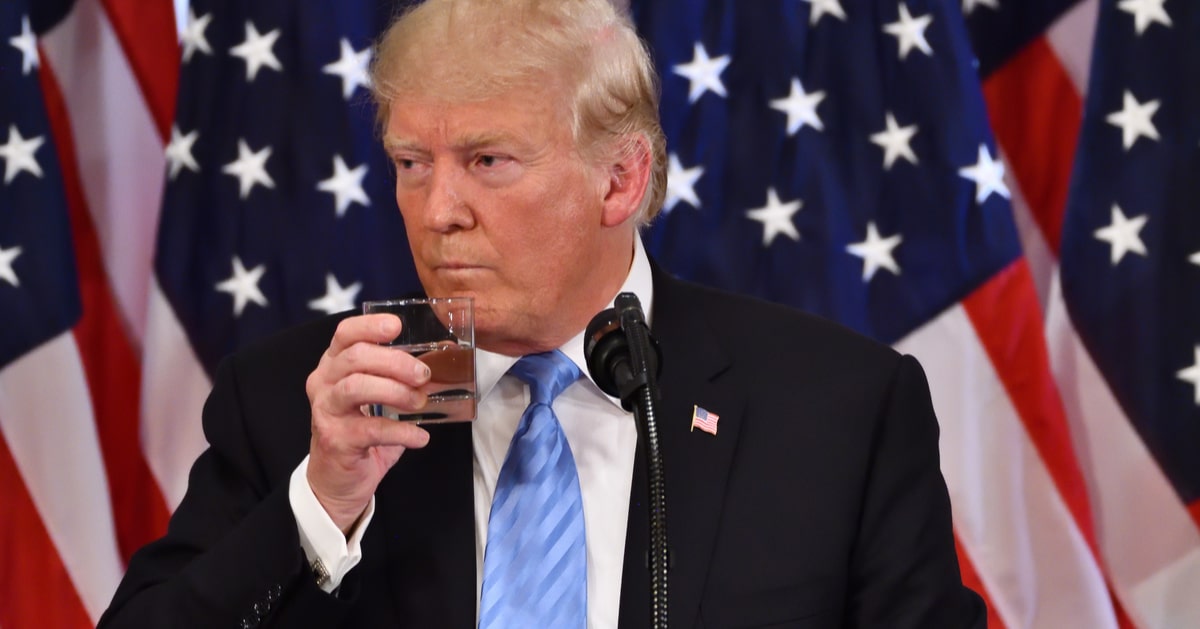
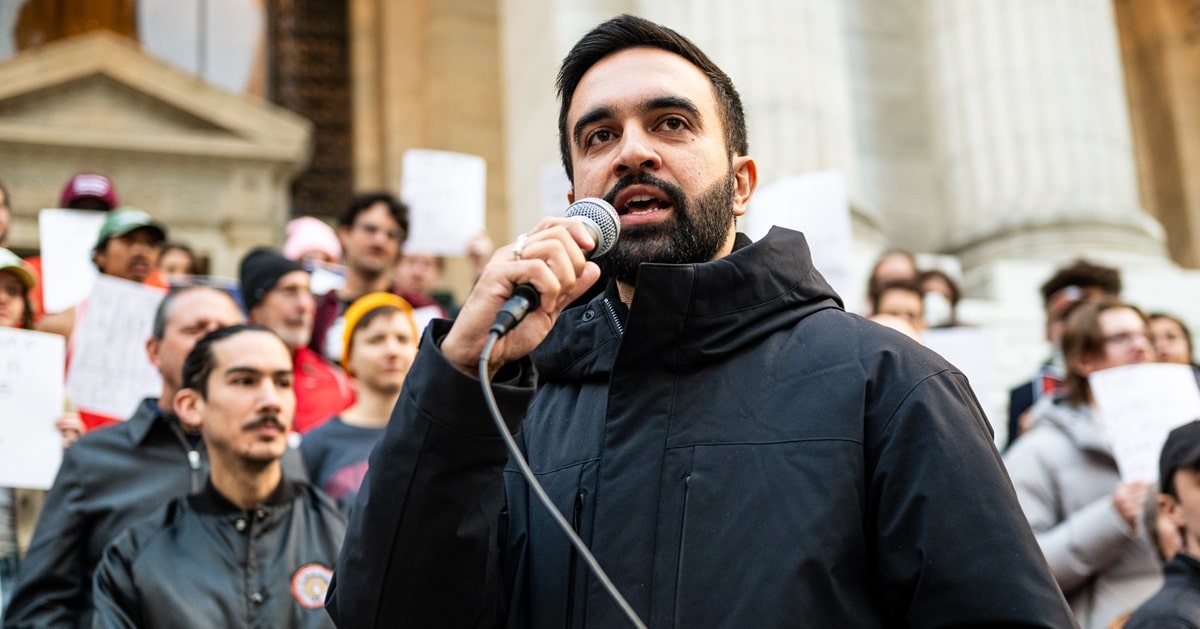

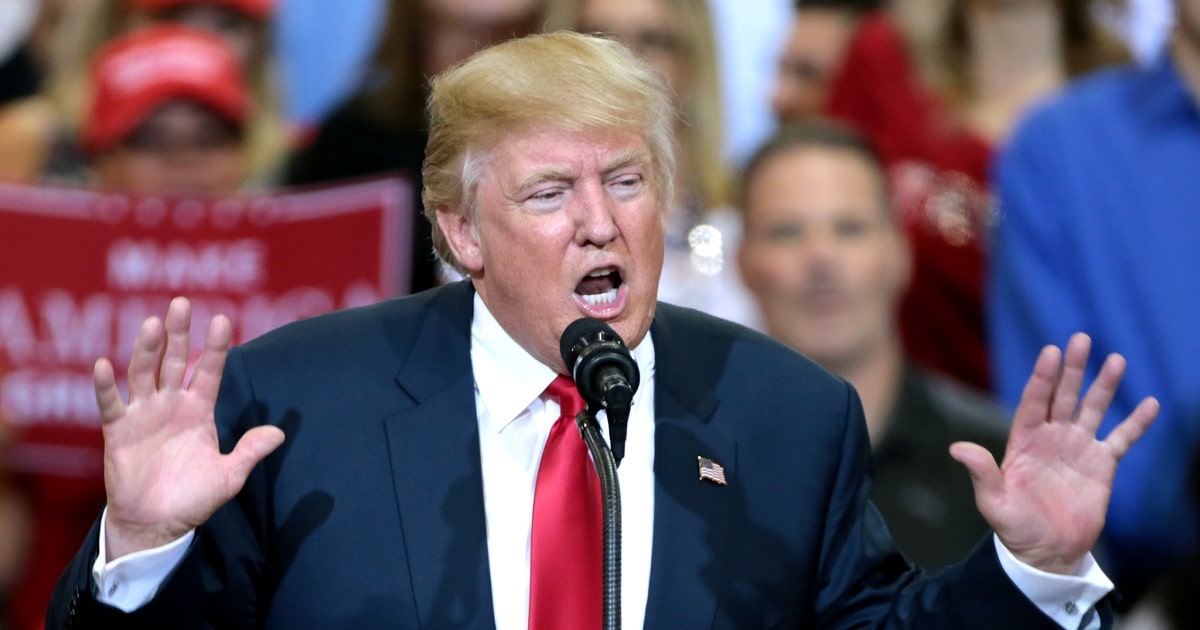

The Trump administration has unveiled a compelling initiative designed to persuade millions of federal employees to voluntarily resign from their positions.
The Daily Mail reported that offering buyouts as alternatives, this move is part of a broader strategy to streamline the size of the government's workforce, despite concerns from unions and political leaders.
Announced on a Tuesday, the initiative provides substantial financial incentives for federal employees contemplating departure.
Workers were presented with decisions due by February 6 regarding the offer, which proposes to pay them the equivalent of approximately eight months' salary in exchange for their resignation.
The scale of this initiative, which targets over three million federal employees, could reshape the federal workforce significantly.
Unions and Democratic leaders have voiced strong opposition, viewing the initiative as an attempt to replace existing workers with individuals affiliating more closely with the administration.
They argue that this could potentially create a "toxic environment" for federal employees, as described by Everett Kelley. "This offer should not be viewed as voluntary," Kelley has stated, implying that the policies could push employees out regardless of their wishes.
The program does not stand alone; instead, it appears to be complemented by an overhaul of the hiring process within the federal sector. The administration aims to attract candidates who exhibit strong dedication and motivation to achieve high service standards.
Stephen Miller, a senior advisor, noted that those uninterested or unenthusiastic about their roles might not be fit for the positions of power within the government.
Alongside the buyout initiative, employees received communications framing the offers attractively. Emails encouraged staff to consider the payouts as opportunities for extended vacations or travel, with promises of flexibility during administrative leave.
The messages included enticing questions like, "Can I take an extended vacation while on administrative leave?" and invited recipients to indulge in their dreams, be it at home or traveling.
Even though the initiative invites federal workers to consider it as voluntary, critics see it through a different lens. With large numbers potentially accepting the offer, the economy could feel the impact, though the long-term consequences remain uncertain. This campaign represents one of the administration's most aggressive attempts to reshape the landscape of federal employment.
For some, the prospect of leaving their jobs with a financial cushion may seem appealing, yet others may feel coerced by the current political climate.
Stephen Miller addressed these concerns by indicating that many unsatisfied federal employees have accepted the buyout, underscoring the need for reform.
As the federal workforce undergoes these significant transformations, questions arise about the motivations behind it. Critics argue that this buyout is more than a mere exercise in efficiency; instead, it is considered part of a broader political strategy.
In defense, Miller suggests that the administration's dedication to service excellence guides these changes. A profound shift in personnel could indeed elevate service standards if new recruits embody the enthusiasm and passion that current critiques claim are lacking.
Indeed, this initiative points to an evolving narrative in the relationship between the government and its employees. With the buyout's deadline having passed on February 6, the upcoming weeks will reveal how many federal workers chose or felt compelled to surrender their roles.
The consequences of this movement, both intended and unforeseen, might not become immediately apparent.
What is clear, though, is the Trump administration's commitment to reconfiguring the federal workforce, setting a precedent that intertwines operational goals with ideological positioning.
This complex maneuver unfolds amid ongoing debates over labor rights, job security, and governmental responsibilities. Concerned parties will closely observe these developments as they challenge the sustainability and ethical bearings of such monumental workforce reductions.
While the immediate focus is on the logistics of implementing the buyout and navigating the transition, attention will soon turn to the newly vacant roles. The engagement of a fresh cohort of employees is awaited, tasked with steering various federal functions into the future.



